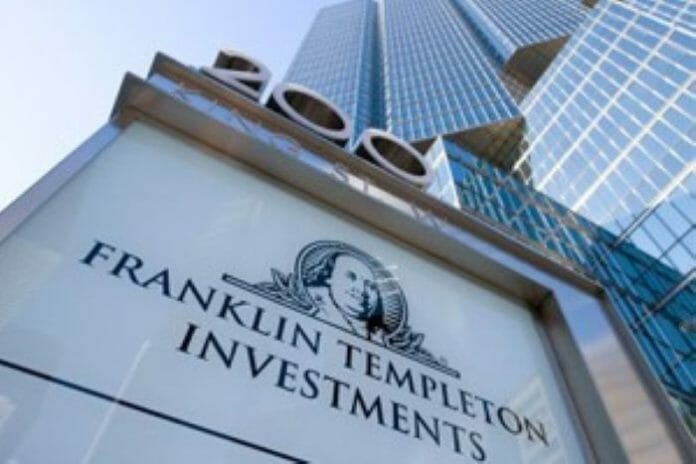A common maxim amongst emerging market (EM) investors is that banks in South Korea are liked less, as regulators are more conservative. This is the essence of the EM banks story in recent years: conservatism. In our view, the risk that EM banks will experience the deposit-flight like that select US regional banks and Credit Suisse witnessed is lower. This is due to divergent interest rate cycles, higher capital levels, and tighter regulation.
A fundamental difference between the current interest rate cycles in EM and developed markets (DMs) is their divergence. Central banks in DMs are uniformly raising interest rates; however, there is no unform tightening cycle in EMs. Policymakers in China have been cutting interest rates, and in Brazil, the next move is also expected to be a reduction in rates. Interest rates in EMs never fell to the lows observed in DMs, which ensured EM banks did not experience as dramatic a squeeze on net interest margins. EM banks also did not resort to buying large quantities of government bonds, as credit demand remained resilient. In combination with a high share of retail deposits in their liability mix, the risk of a liquidity squeeze similar to the one US regional banks and Credit Suisse experienced is lower.
The tight regulation of EM banks is reflected in the high levels of excess capital they carry on their balance sheets. Banks in China, India and Brazil carry between 3–6 percentage points of capital above local Tier 1 capital requirements and hold more capital than the minimum required under Basel III regulations.
One of the consequences of such high levels of capital is lower returns, as reflected in the underperformance of EM banks relative to their DM peers since 2010. Nevertheless, following the deposit flight and regulatory intervention in the United States and Switzerland, this underperformance could well reverse as investors warm to more conservatively managed EM banks.
While EMs tend to have higher volatility than DMs, they offer higher earnings growth potential. We acknowledge that EM banks have experienced their own problems with risk-taking over the years. Nevertheless, regulations have been tightened dramatically post the Asian financial crisis (AFC). Compared to 25 years ago, the EM banking landscape has witnessed dramatic consolidation as smaller banks have been taken over by larger peers. Using South Korea as an example, the number of banks has declined by 40% since the AFC.
The story of EM banks in recent years has been one of regulation, reform and resilience. Policymakers may have erred on being too conservative in their approach. Nevertheless, given the current turmoil in the US and Swiss banking systems, this approach seems to be paying off.
We expect EM regulators to maintain a conservative approach to bank regulation. As such, drivers of EM bank performance in the coming quarters are likely to center on increased fee-based income from wealth management businesses, increased demand for credit as the formal economy grows faster than the informal one, and higher mortgage demand as urbanization rates rise in economies such as India.
DM banks are likely to be required to hold more capital, reduce dividends, and face a higher cost of funding in the coming quarters. In EMs, capital levels are already significantly above international and local regulatory requirements. Dividends look secure and profitability is likely to remain resilient given the sector has witnessed consolidation, and there is less competition from alternative providers of credit.
A commentary by Franklin Templeton









